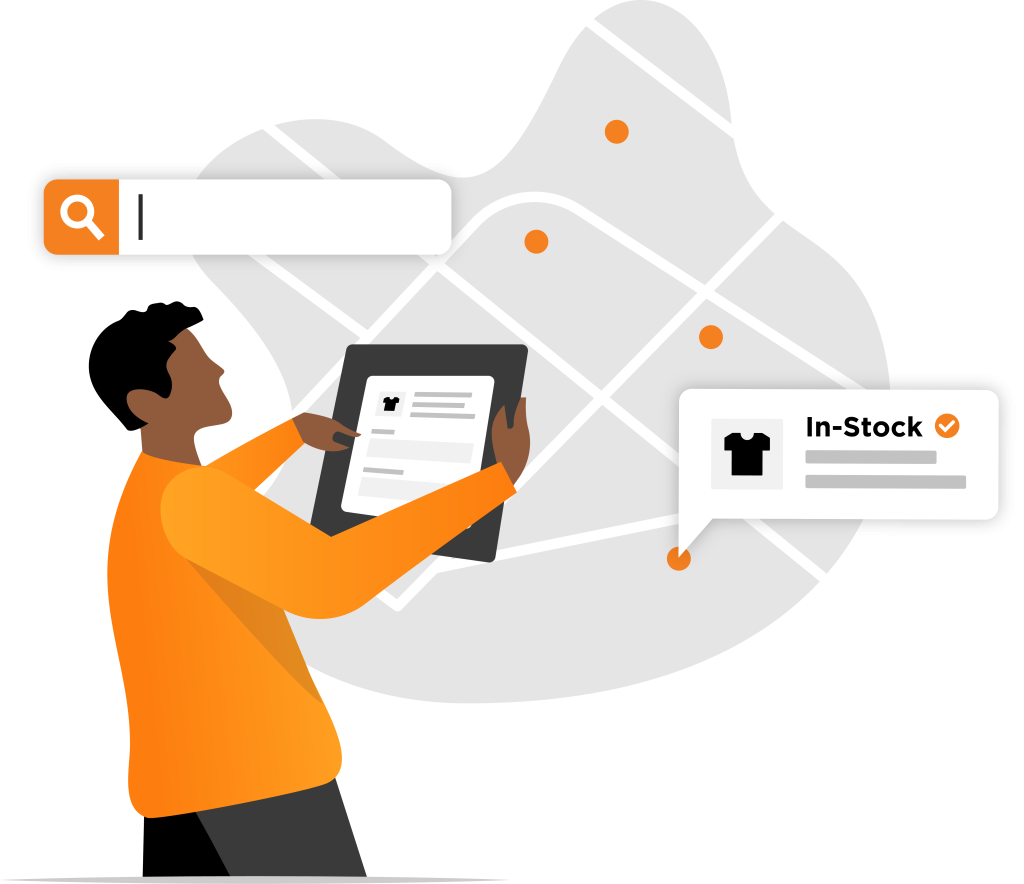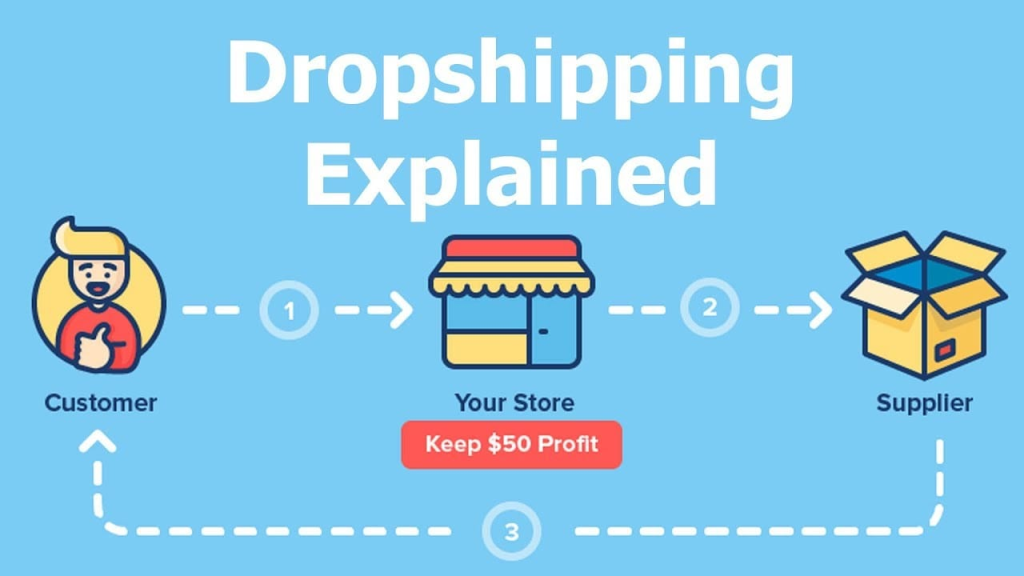How OMS Tracking Reduces Global Delivery Delays
In a highly competitive global e-commerce environment, timely delivery has become more than a benchmark—it’s a business imperative. With the rapid growth of cross-border transactions, customers now expect accurate, trackable, and fast fulfillment regardless of their location. For online businesses operating across platforms like WooCommerce, Shopify, and Kickstarter, delivery delays can mean lost revenue, reduced customer trust, and poor brand perception.
This is where OMS tracking—short for Order Management System tracking—plays a transformative role. By providing real-time visibility across inventory, order status, and last-mile delivery, OMS tracking significantly reduces the risks of delays, especially in complex global shipping scenarios.

Why OMS Tracking Matters for Global Fulfillment
OMS tracking serves as the central nervous system of modern fulfillment. It connects warehouse activities, shipping events, and customer updates into a unified stream of information. Instead of juggling spreadsheets or relying on outdated system syncs, businesses can see order statuses as they happen—from inventory reservation and warehouse picking to carrier pickup and final delivery.
Especially for DTC brands, OMS tracking eliminates the black holes in logistics, allowing them to respond quickly to issues like carrier reroutes, customs delays, and out-of-stock items before they escalate.
Moreover, in international markets, where multiple handoffs are common—between postal operators (like Royal Mail, USPS) and commercial couriers (such as Evri, CTT, FAN Courier)—a well-integrated OMS tracking layer helps ensure nothing is missed in the chain.
Addressing the Global Shipping Complexity
Shipping across borders introduces challenges not found in domestic delivery: regulatory differences, customs inspection delays, multi-language address standards, and local delivery infrastructure variances. Without a robust OMS tracking framework in place, brands often experience:
- Repeated delivery attempts due to incorrect addresses
- Delays in warehouse dispatch
- Lack of synchronization between 3PL providers and carrier systems
- Miscommunication during returns processing

OMS tracking solves these by linking WMS, 3PL warehouse services, and carrier APIs into a centralized interface that monitors everything from order placement to delivery confirmation. Businesses can verify addresses upfront using address validation tools, track handoffs between logistics partners using route-level tracking, and receive alerts for exceptions or stuck parcels.
Postalparcel: OMS Tracking as a Logistics Service
Unlike traditional software platforms, Postalparcel provides OMS tracking as a logistics service—not another system to manage or integrate. This approach allows WooCommerce stores, Shopify retailers, Kickstarter project creators, and DTC brands to plug into a fully-managed visibility service without building custom solutions.
What sets Postalparcel apart is its carrier management and delivery optimization layer, which aggregates global logistics data from postal and commercial carriers into a real-time dashboard. Whether you’re working with USPS in the US, Evri in the UK, or CTT in Portugal, Postalparcel’s OMS tracking service simplifies the entire fulfillment chain by:
- Mapping out route checkpoints (O→O→H) across APM lockers, parcel shops, and residential delivery

- Verifying addresses across local standards to avoid return-to-sender errors
- Coordinating returns and re-shipments automatically with warehouse partners
- Monitoring delivery performance across all lanes—air, sea, and road
This service-centric model works particularly well for 4PL scenarios, where multiple layers of logistics providers are involved, and businesses need a neutral, transparent management layer.
Success in Action: OMS Tracking for DTC Brands
Consider the case of a Kickstarter-backed home goods brand that launched in the US and expanded quickly to Australia, Singapore, and Romania. Their fulfillment model used a mix of local 3PLs and global couriers. Initially, they faced delivery lags due to regional carrier handoffs and inconsistent tracking updates. Orders dispatched from their Romanian warehouse via FAN and redirected through local postal operators often went dark mid-transit.

After integrating Postalparcel’s tracking service, delays were drastically reduced. Real-time updates allowed their customer service to proactively notify buyers of any disruptions, improving satisfaction and reducing chargebacks. The address validation feature alone cut return rates by 25%, especially in countries with complex formatting like Romania and Indonesia. Because Postalparcel handles integration with multiple logistics partners, the brand never needed to overhaul its existing tech stack. They continued to use WooCommerce as their frontend, while fulfillment and returns were seamlessly optimized behind the scenes.
Empowering 3PLs and Dropshipping Models
OMS tracking is not just for large brands. For businesses running dropshipping models or working with 3PLs, it provides operational stability by synchronizing supplier dispatch data with customer delivery status. Dropshippers often lose control once an order is placed with a vendor. Without a reliable OMS tracking layer, customer inquiries become guesswork.

Postalparcel empowers these merchants by bridging the communication gap between source suppliers and customers. It aligns outbound tracking data with in-transit updates from logistics partners, allowing sellers to maintain a branded experience regardless of fulfillment complexity.
For 3PL warehouses, OMS tracking supports streamlined receiving, automated packing queue creation, and syncing inventory back to front-end systems. This minimizes overselling, mispicks, and customer dissatisfaction.
How OMS Tracking Reduces Delivery Delays
To summarize, OMS tracking reduces delivery delays by:
- Providing real-time tracking visibility at every order stage
- Eliminating manual handovers between systems and partners
- Allowing early detection of delivery exceptions and delays
- Supporting automated notifications to customers and internal teams
- Improving return logistics and exchange management
- Reducing failed deliveries through address validation and location-based recommendations
Most importantly, it creates a unified logistics narrative where all stakeholders—brands, 3PLs, carriers, and customers—operate with shared information, reducing blind spots and improving accountability.
Looking Ahead
As global shipping becomes more fragmented and customer expectations continue to rise, OMS tracking will play an increasingly critical role in optimizing logistics. Businesses that implement strong tracking layers will enjoy fewer delays, happier customers, and lower operating costs.
Postalparcel continues to lead in this space by offering flexible, plug-and-play tracking services tailored to both startups and scaling brands. With its proven global carrier relationships, intelligent delivery coordination, and robust inventory/order management layer, Postalparcel helps businesses deliver not just products—but peace of mind.
Industry Insights
news via inbox
Nulla turp dis cursus. Integer liberos euismod pretium faucibua







